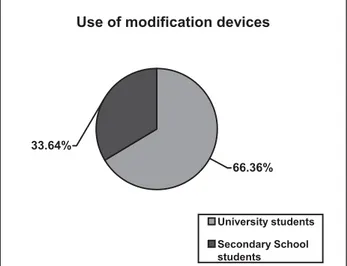An analysis of request production by university and secondary school EFL students
Texto completo
Figure
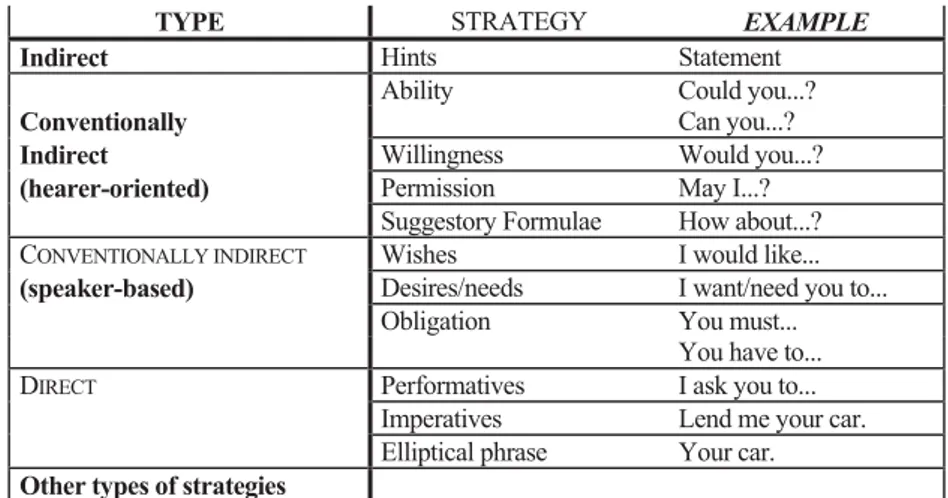
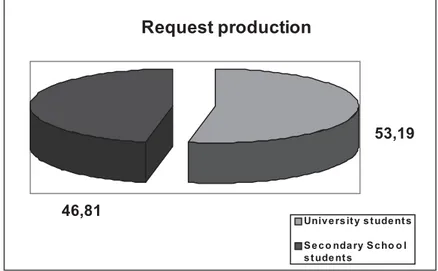
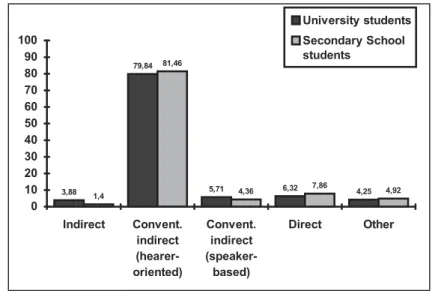
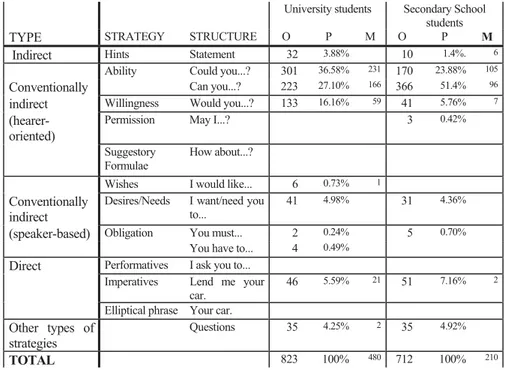
Documento similar
The Brownian dynamical analysis based on the information ex- tracted from optical forces and torques on a particle in an optical tweezer, the analysis of the fulfillment of actio
The draft amendments do not operate any more a distinction between different states of emergency; they repeal articles 120, 121and 122 and make it possible for the President to
H I is the incident wave height, T z is the mean wave period, Ir is the Iribarren number or surf similarity parameter, h is the water depth at the toe of the structure, Ru is the
An analysis of the chronology of the investigation of the accident and its representations on the media confirms that once the video of the catastrophe was leaked (on 18
Here we extend the previous analyses of10-microsecond long MD simulations of Ubq and GB3which focused on comparisons with experimental data [4] by an analysis of the ensembles aided
To cross-validate the aforementioned analyses of pretest1 posttest1 scores with respect to idea development of the participants in the control and experimental groups,
This paper presents an analysis of spoken and written productions in English by early secondary school Spanish students (11-12 year olds), collected in two state schools which have
During the first part of this project, we have focused on the fabrication of few-layer MoS 2 devices fully encap- sulated by hBN flakes and contacted by FLG electrical leads.
